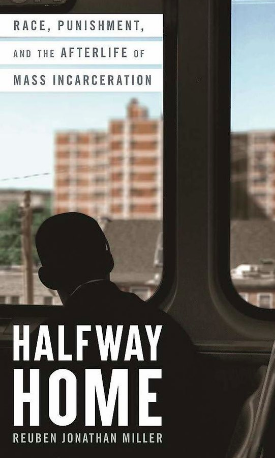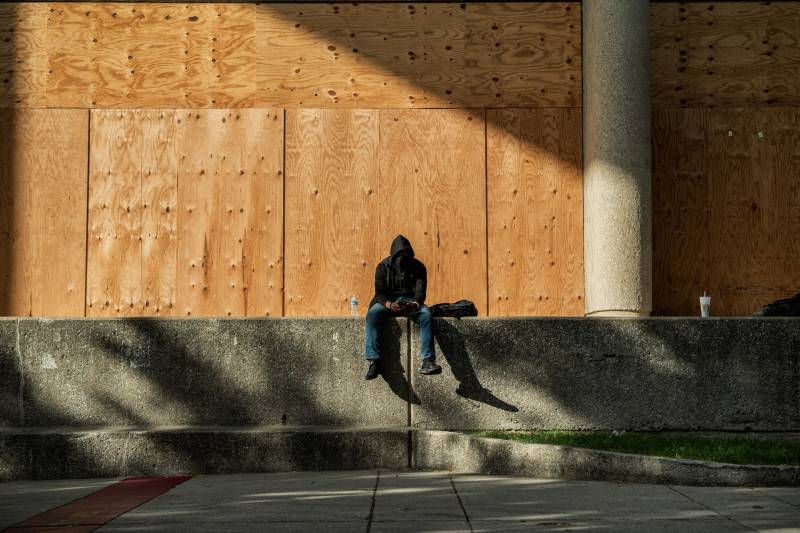To say that this nation’s criminal justice system is deeply flawed is to flirt with understatement.
Everything from the oversurveillance of Black and Brown communities, to police brutality, to stop and frisk policies, to a multibillion-dollar prison labor industry demonstrates how a system ostensibly designed for fairness is anything but.
 Perhaps one of the most tragic aspects of this reality, as Reuben Jonathan Miller explores in his impressive new book Halfway Home: Race, Punishment, and the Afterlife of Mass Incarceration, is that even those who leave incarceration are in many ways never truly free. They instead become members of the “supervised society”—and it is this uniquely disenfranchised population that is the focus of his book.
Perhaps one of the most tragic aspects of this reality, as Reuben Jonathan Miller explores in his impressive new book Halfway Home: Race, Punishment, and the Afterlife of Mass Incarceration, is that even those who leave incarceration are in many ways never truly free. They instead become members of the “supervised society”—and it is this uniquely disenfranchised population that is the focus of his book.
This indictment of the criminal justice system should trouble the soul of the nation. Miller writes in prose that is at once powerful and engaging—and combines an abundance of data with the lived experiences of the people the numbers represent. A sociologist, criminologist, social worker, and former chaplain at Chicago’s Cook County Jail, his insights are partly drawn from having spent 15 years interviewing nearly 250 people caught up in the prison industrial complex. This work included a research project during which he spent three years engaging with 60 men and 30 women after their release from incarceration in Michigan. Miller can also claim far more experiential expertise, because he was “born black and poor in the age of mass incarceration” and, like every Black person he knows, “was stopped by the police a number of times.” He is a scientist armed with statistical information, and he is the son and brother of incarcerated men.
Miller is thus more than adequately equipped to make the observation that “no other marginalized group—not poor black people without criminal records, not mothers on welfare, not even undocumented immigrants—experience [the] profound level of legal exclusion” that the formerly imprisoned do. The breadth of these restrictions—which can include everything from being ineligible for student loans or public housing to living in a home that has a foster child—is remarkable. As Miller notes, “Forty-five thousand federal and state laws regulate the lives of the accused…. In Illinois, there are over 1,400, including more than 1,000 employment regulations, 186 policies that limit political participation, 54 laws restricting family rights, and 21 housing statutes.”

9(MDAxOTAwOTE4MDEyMTkxMDAzNjczZDljZA004))

